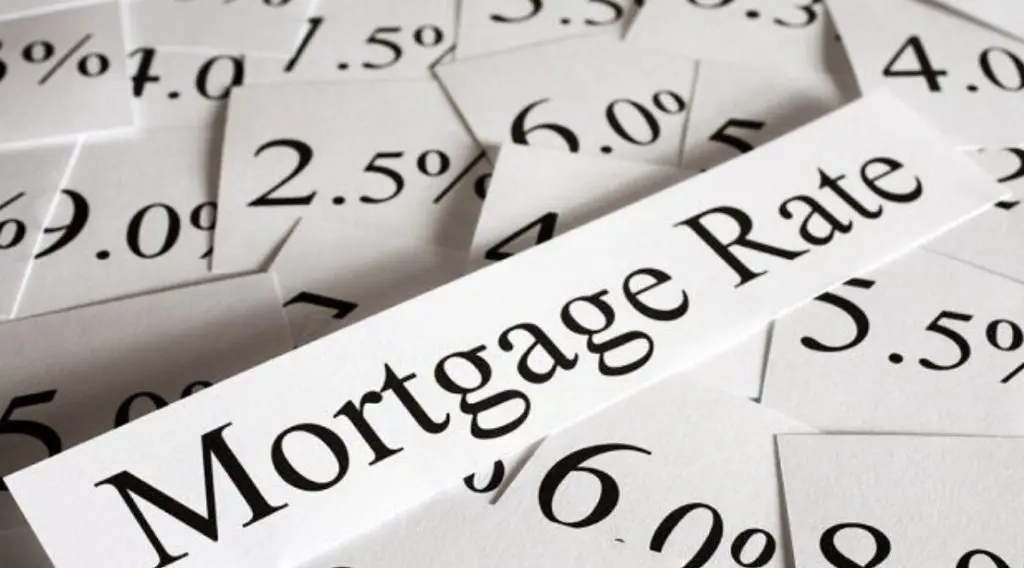
In the shifting tides of the financial world, the mortgage rates of 2024 have become a central topic of debate among economists, homebuyers, and industry analysts alike. With numerous factors contributing to the dynamic nature of these rates, stakeholders are looking to forecast whether we’ll see a descent in the coming year. Using “mortgage” as our focal keyword, we’ll adopt the analytical finesse and compelling storytelling reminiscent of Neil Patel to unpack the economic conditions, policy developments, and market trends that could lead to a potential decrease in mortgage rates in 2024.
Economic Conditions: The Forecasting Foundation
Predicting the direction of mortgage rates is closely tied to the examination of prevailing economic conditions. Inflation, GDP growth, employment rates, and consumer spending are critical indicators that paint a picture of the overall economic health and heavily influence mortgage rates. High inflation usually prompts a hawkish response from central banks in the form of rate hikes to prevent overheating, which in turn raises mortgage rates. Conversely, in an effort to kickstart sluggish economies, central banks may lower rates, potentially leading to more favorable mortgage terms. As we inch towards 2024, the performance of these indicators will serve as the foundational guideposts for what’s to come.
The Federal Reserve’s Role: The Market’s Navigator
The Federal Reserve stands as the helmsman in the journey of U.S. financial policy, guiding the economy through interest rate adjustments. Its monetary policy decisions, particularly the setting of the federal funds rate, directly influence the borrowing costs throughout the banking system, including mortgages. A dovish turn by the Fed in response to softer inflation or economic headwinds could result in declining mortgage rates. As 2024 draws near, all eyes will be on the Fed’s policy statements, searching for signals that may hint at mortgage rate trends.
Global Economic Influence: The Cross-Border Effect
In an era of global financial integration, the U.S. is not immune to economic developments across its borders. International monetary policies, trade negotiations, and geopolitical events can create waves that lap onto the shores of domestic mortgage rates. Should global investors pivot towards the stability of U.S. Treasury bonds in response to international uncertainties, we might see a corresponding dip in mortgage rates. Consequently, a comprehensive view of international economic health is essential for those forecasting 2024’s mortgage rates.
Housing Market Dynamics: A Critical Player
The state of the housing market—marked by supply and demand fluctuations—directly impacts mortgage rates. A robust demand for housing, coupled with a tight supply, might put upward pressure on rates, while an oversupply or cooling demand could prompt lenders to offer lower rates to attract borrowers. Monitoring housing market conditions will thus be a critical component of predicting mortgage rate trends in 2024.
Technological Disruption: The Digital Wave
The wave of digital disruption sweeping through the mortgage industry has the potential to recalibrate traditional rate structures. Fintech advancements have streamlined the lending process, reduced costs for financial institutions, and intensified competition, which could result in more attractive rates for borrowers. Keeping a pulse on the rate of technological innovation and its adoption in the mortgage industry is vital for anticipating its influence on 2024’s rates.
Regulatory Changes: Adjusting the Dials
Regulatory frameworks governing lending and housing policies can act as powerful levers in adjusting mortgage rates. Legislation aimed at enhancing homeownership or adjusting the operational ground rules for financial institutions can shift the lending landscape, potentially reducing mortgage rates. Insight into upcoming regulatory changes will thus be crucial for those charting the course of future mortgage rate trends.
Consumer Sentiment: The Human Factor
The mood and behavior of borrowers—evidenced by mortgage application rates and refinancing activities—act as a barometer for consumer confidence and, by extension, rate trends. A surge in refinancing or mortgage applications may indicate a market ripe for lower rates. Tracking consumer sentiment provides invaluable context in forecasting the mortgage rates of 2024.
Conclusion: Deciphering the Direction
As we prepare to step into 2024, the debate surrounding mortgage rates centers on the interplay of economic indicators, policy decisions, global economic factors, and market dynamics. The question of whether mortgage rates will head downward is not one that can be answered definitively but requires a nuanced analysis that encompasses various contributing factors.
Adopting Neil Patel’s methodology, which merges insightful analysis with an accessible narrative, we can navigate through complex data and identify trends that may influence mortgage rates. For industry participants, staying informed and adaptable is key to maneuvering through the potential shifts that lie ahead in the mortgage rate landscape.
While exact predictions are challenging in an ever-evolving economic environment, our in-depth exploration provides a clearer picture of the factors at play. By staying attuned to the economic indicators, policy directions, and market sentiments, stakeholders can prepare for the range of possibilities that 2024 may bring. Whether rates will decline or hold steady remains to be seen, but by engaging with the data and understanding the context, we can anticipate and plan for the future with greater confidence and precision.


